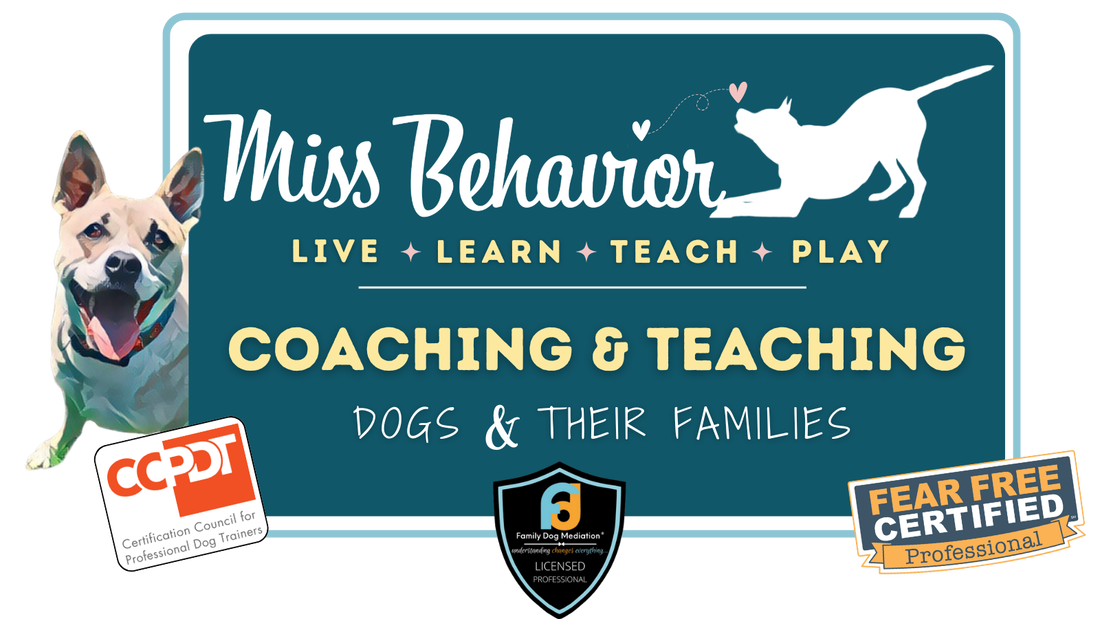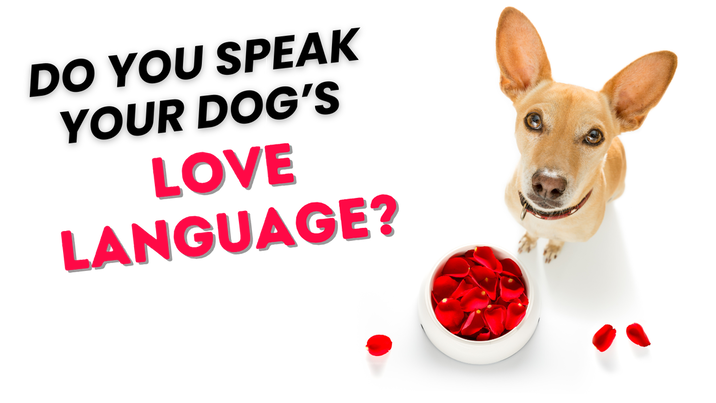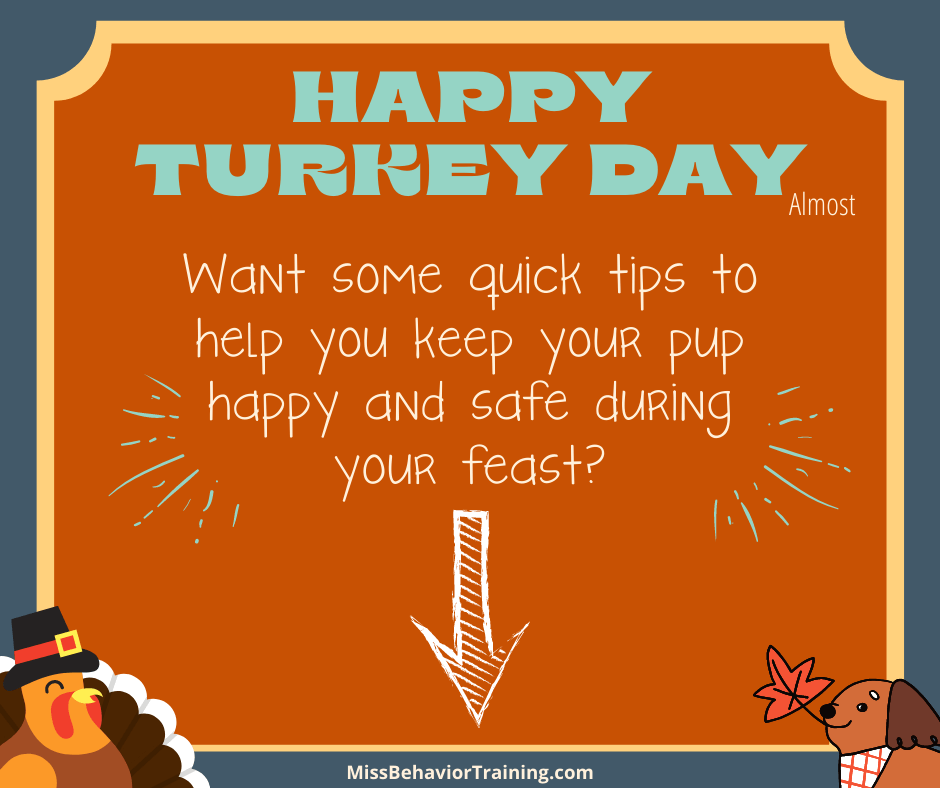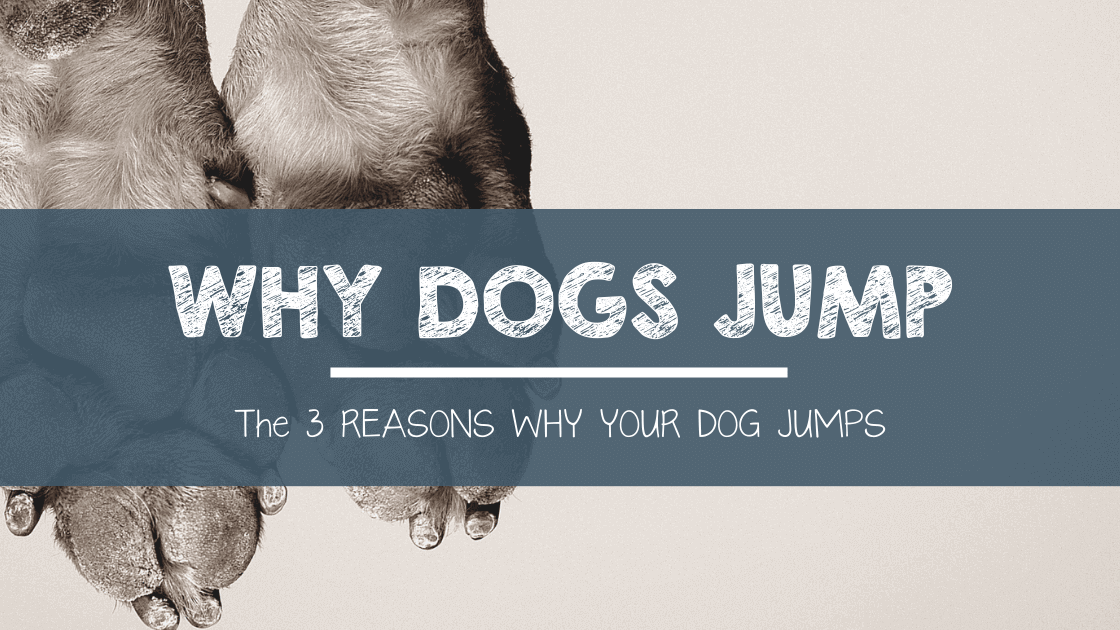|
Love languages, a concept popularized by Dr. Gary Chapman in his book "The 5 Love Languages," refer to the different ways individuals express and experience love. According to Chapman, there are five primary love languages: Words of Affirmation, Acts of Service, Receiving Gifts, Quality Time, and Physical Touch. Each person has a primary and sometimes secondary love language, which dictates how they prefer to give and receive love from others.
These love languages provide valuable insights into understanding and strengthening relationships, as they emphasize the importance of expressing affection in ways that resonate most deeply with the other person/being. While initially applied to human relationships, I believe the concept can also be applied to how we show love and affection in our relationships with our pups! Understanding this not only strengthens the bond between you but also helps maintain a healthy and happy relationship long term, something referred to as building social currency. In this post, I want to help you explore the same five Love Languages and how they may be spoken or received by your dog so you can determine which ones your dog values most. Physical Touch, Quality Time, Words of Affirmation, Acts of Service, and Gifts. By understanding these, you can ensure a more fulfilling and rewarding relationship with your family pup.
0 Comments
2/16/2021 0 Comments At-Home Enrichment for Your DogNeed some ideas to keep your dog busy and tire him out while you stay home?When it comes to raising our dogs, there are times when we can happily and willingly take them out and about for their enrichment and then there are times when you (and maybe your dog) would prefer to stay in. Today is the latter, at my house. But the thing is, sometimes we have many of those days in a row. And that's ok. Do you know why?
Because your dog's life can still be enriching from the inside of your four walls. Whether it's snowing, raining, cold, windy, your dog is on bed rest or crate rest, you need to take it easy, you're home with the kids... Should I keep going? There are so many reasons why you might prefer to cure you and your dog's cabin fever from inside your house where it's warm, dry, and safe. And that's OKAY Do you know why your dog ignores you?You know those times when you have somewhere to be and you need to call your dog to come inside but he just takes his time responding? Or maybe he even plays a little game of keep-away at the most inconvenient time? It happens to everyone! There are many reasons why your dog might ignore you or get distracted by something else but all those reasons can be pretty easily summed up into 5 main categories. This will help you better understand how to start to work on the problem so that you can start getting better attention from your family dog!
As we round out 2020 and head into a new year, there are 5 important messages that I need every dog mom out there to hear from me.
The guilt and shame in dog raising is very real and as I've been doing more coaching and less training, I have found that there are several things that keep coming to the surface. I want to clear the air and tell you what they are, right here and now 11/25/2020 0 Comments Hosting a Thanksgiving meal?Here are some quick tips to keep your pup busy and safe during your feast!
Days like this are about the management, not the training. Hosting a meal or guests can be stressful enough. Use the day of to apply good management techniques and worry about changing any problem behaviors on another day
11/24/2020 0 Comments What's the behavior you want?When you are dealing with problem behaviors, there are two main directions you can go in, two paths to changing the behavior. Just like with kids, we can tell our dogs NO all the time, but it's exhausting. And it can be an uphill battle. So let's explore the two paths... Path A: Stop the problem behavior. Remove attention, remove access, give consequences (never physical). Tell your dog NO, don't do that. Stop running away. Stop begging. Stop jumping. Essentially, you have to wait for the behavior to happen so you can tell your dog not to do it. Or... Path B: Teach your dog a skill that is incompatible with the problem behavior. Your dog takes off with socks? Teach him to bring it. He can't run away with an item and bring you an item at the same time Your dog begs at the table? Teach him to stay on his bed. He can't beg and be in his bed at the same time Your dog runs away when you are trying to get him to come? Teach him to target your hand (touch your hand with his nose). He can't run away from you and offer that behavior at the same time What problem behavior are you dealing with? What could you intentionally teach your dog to replace that behavior? So Path A or Path B. It's your choice but I know what I would prefer! If you need help learning HOW to teach those replacement behaviors, that's exactly what my Elementary Pup Course in the Canine Homeschooler Academy teaches you
Imagine this...
Someone knocks. Your dog takes that as a cue to run to his bed and lie down. You can then open the door, let the person in, get settled, and release your dog to say hello Guess what? It is possible but it takes time. If you break that whole sequence down into small pieces, it's very do-able. 11/4/2020 0 Comments The 3 Reasons Why Dogs JumpWhy does your dog jump? Before you can do anything about it, you need to know why it happensEvery behavior has a function with dogs. In the case of jumping, let’s look at what those functions might be so you can look at your own dog and breakdown which one(s) are most likely at play. Function #1: For attention Function #2: It feels good - It provides a Dopamine boost Function #3: To access to a resource In social animals, our attention plays an enormous role in our dog's behavior. They are often either trying to get closer to or further away from us. They are trying to increase or decrease distance. Attention seeking behaviors are distance-decreasing, by nature. There was a study done in 2012 (Dorey & al., 20128(11) that showed that dogs significantly decreased their jumping when access to what they wanted was not available for at least 20 seconds after jumping. Function #1: Attention SeekingWith attention-seeking dogs, they learn to jump when they realize that our eyes, face and hands (the things that give them the attention they want) are up above them. This starts at a young age when they tend to get reinforced for it more often because they’re little, and cute, and relatively harmless. Then they grow, and grow, and grow. Pretty soon, they’re still cute but a little less harmless when they jump! But while we changed the rules, we didn’t make that clear to them. We continue to reinforce the jumping, usually unconsciously.
|
|
- Home
- About
- Blog
- Services
- Membership
-
Courses & Freebies
- All Courses
- FREE Boredom Buster Recipes
- COURSE: Building Resilience in your Family Dog
- COURSE: Managing the Leash Walk
- Potty Training COURSE
- Paws Off COURSE
- COURSE: Managing the Leash Walk
- FREE Attention Building Challenge
- FREE Scratchboard Training
- FREE Rest and Recovery Round-Up
- FREE Body Language 101
- Contact
- Home
- About
- Blog
- Services
- Membership
-
Courses & Freebies
- All Courses
- FREE Boredom Buster Recipes
- COURSE: Building Resilience in your Family Dog
- COURSE: Managing the Leash Walk
- Potty Training COURSE
- Paws Off COURSE
- COURSE: Managing the Leash Walk
- FREE Attention Building Challenge
- FREE Scratchboard Training
- FREE Rest and Recovery Round-Up
- FREE Body Language 101
- Contact
Search by typing & pressing enter














 RSS Feed
RSS Feed





